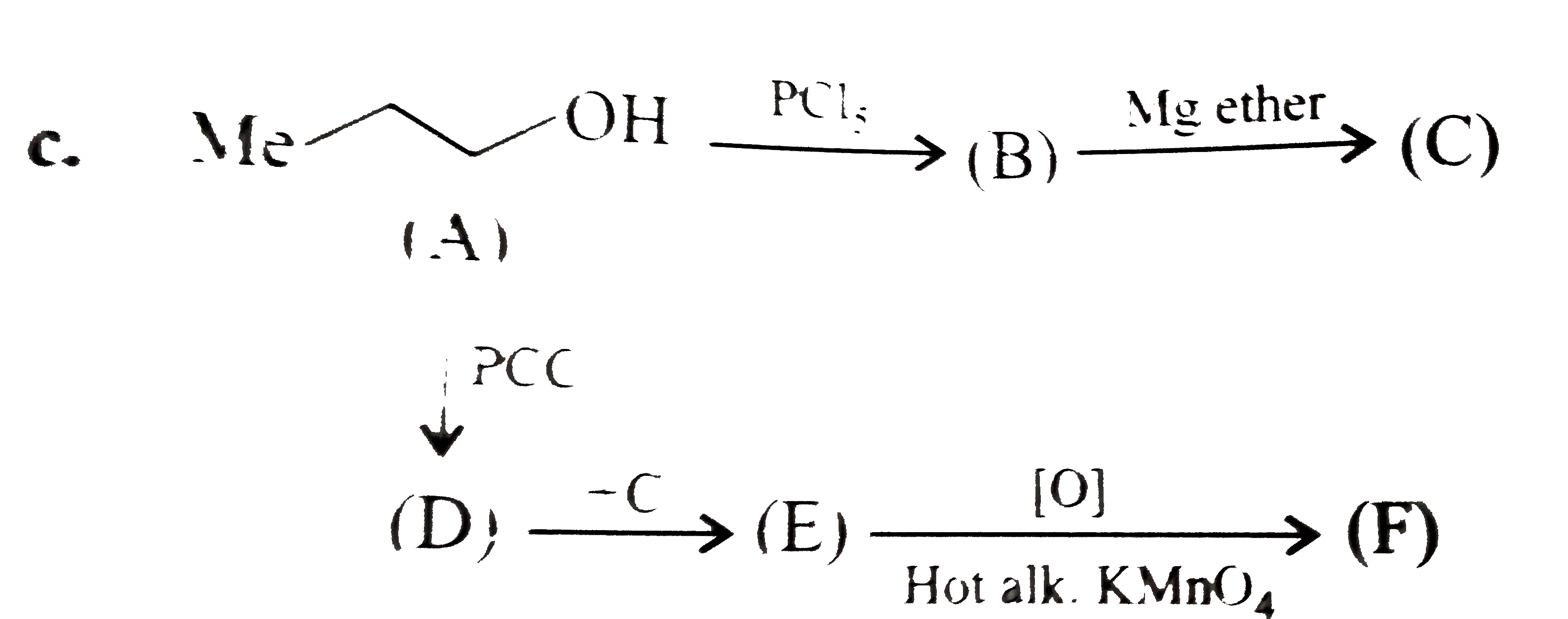Which of the following features promote the chances of cross pollination in plants? (a) Bud pollination (e) Protandry (b) Chasmogamy(f) Dioecy (c) Homogamy (g) Dichogamy (d) Cleistogamyx (h) Self incompatibility
Only (a), (c), (f) and (h)
Only (e), (f), (g) and (h)
Only (b), (e), (f), (g) and (h)
Only (d), (f) and (g)
Step by step video & image solution for Which of the following features promote the chances of cross pollination in plants? (a) Bud pollination (e) Protandry (b) Chasmogamy(f) Dioecy (c) Homogamy (g) Dichogamy (d) Cleistogamyx (h) Self incompatibility by Biology experts to help you in doubts & scoring excellent marks in Class 12 exams.
Updated on:21/07/2023Topper's Solved these Questions
Similar Questions
Knowledge Check
Choose the odd one out from following options.
A. Receptacle B. Sepals
C. Self-pollination
D. Pistil E. StamenAA and BBC and DCA, B and DDD and EChoose the odd one out from following options,
A. Receptacle
B. Sepals
C. Self-pollination
D. Pistil
E. StamenAA and BBCand DCA, B and DDD and ERead the following five statements (A -E ) and answer the question.
A. Pollination by water is more common amongst abiotic pollinating agent.
B . Pollination by water is quite rare in flowering plants.
C . Water hyacinth and water lily. The flowers emerge above the level of water and are pollinated by water.
D. Wind pollinated plants numerous flowers packed into an inflorescence.
E. Self incompatibility is an outbreeding device which prevents inbreeding .
How many of the above statement are correct ?AFourBOneCTwoDThree
Complete the following reactions:
a.
b.
c.
d.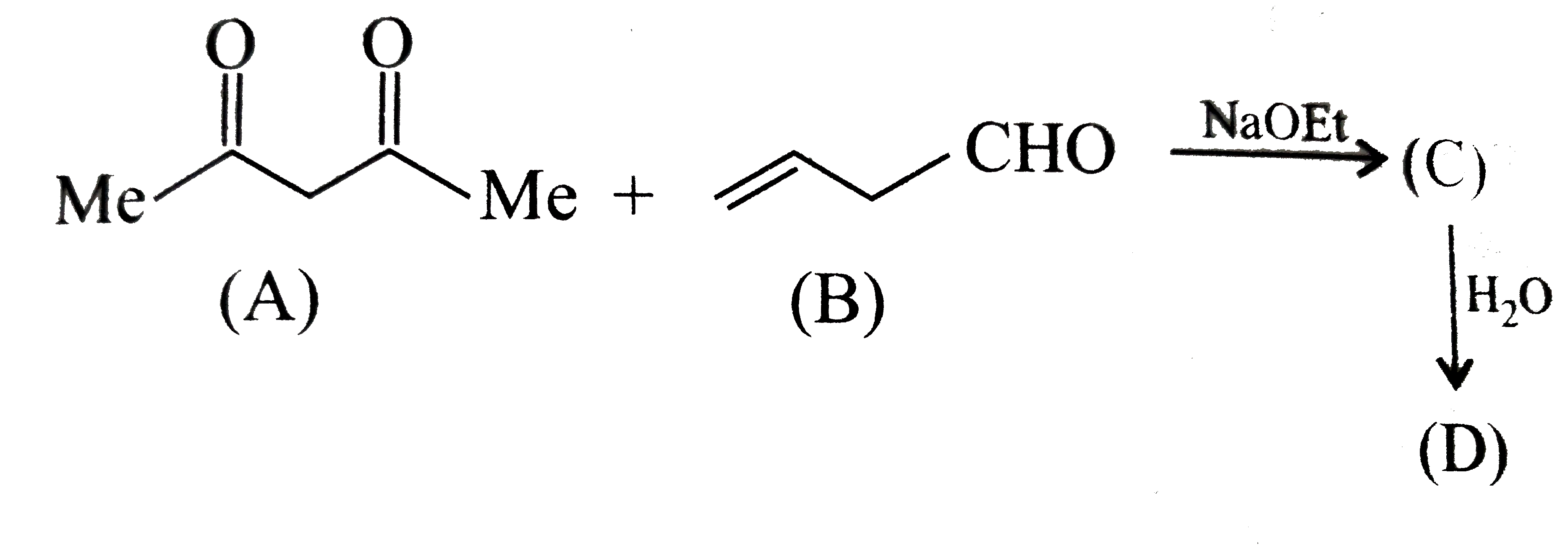
e.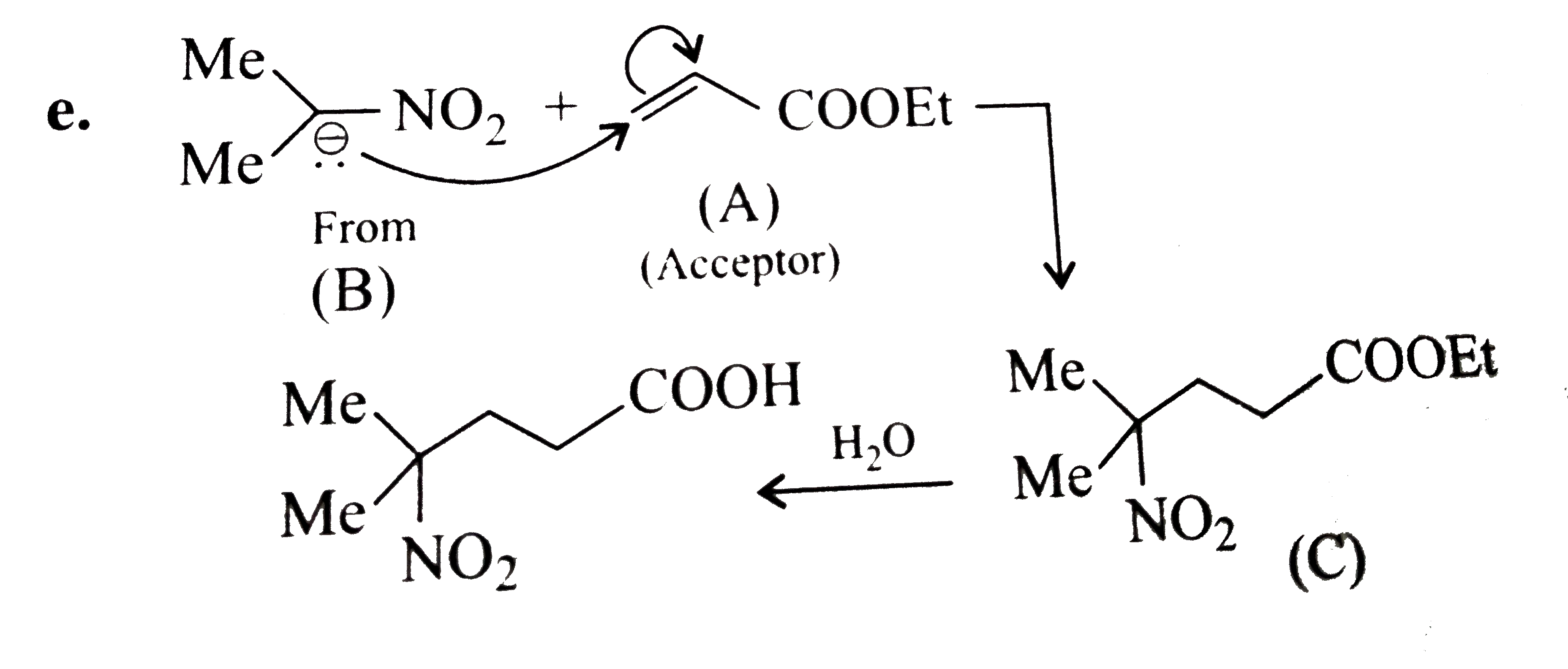
f.
g.
View SolutionWhich of the following show G.I.?
a.
b.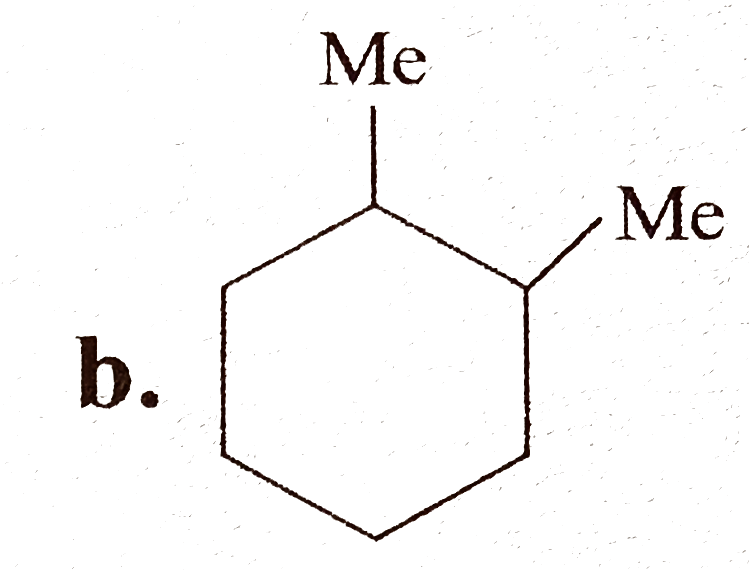
c.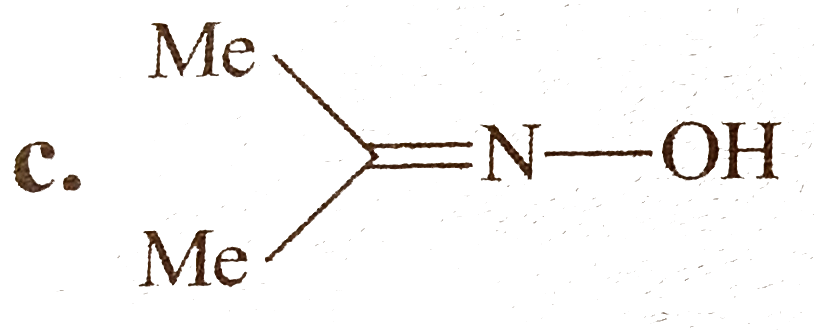
d.
e.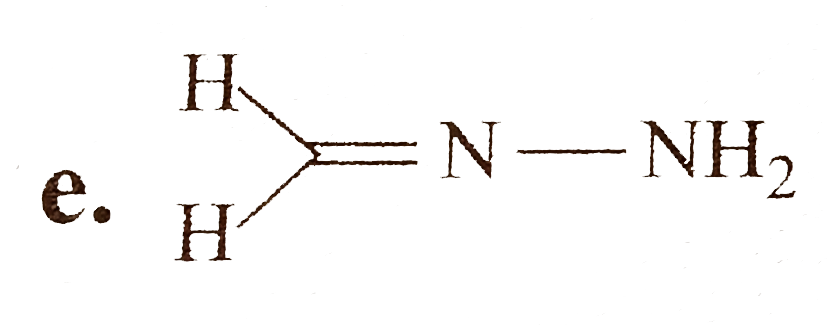
f.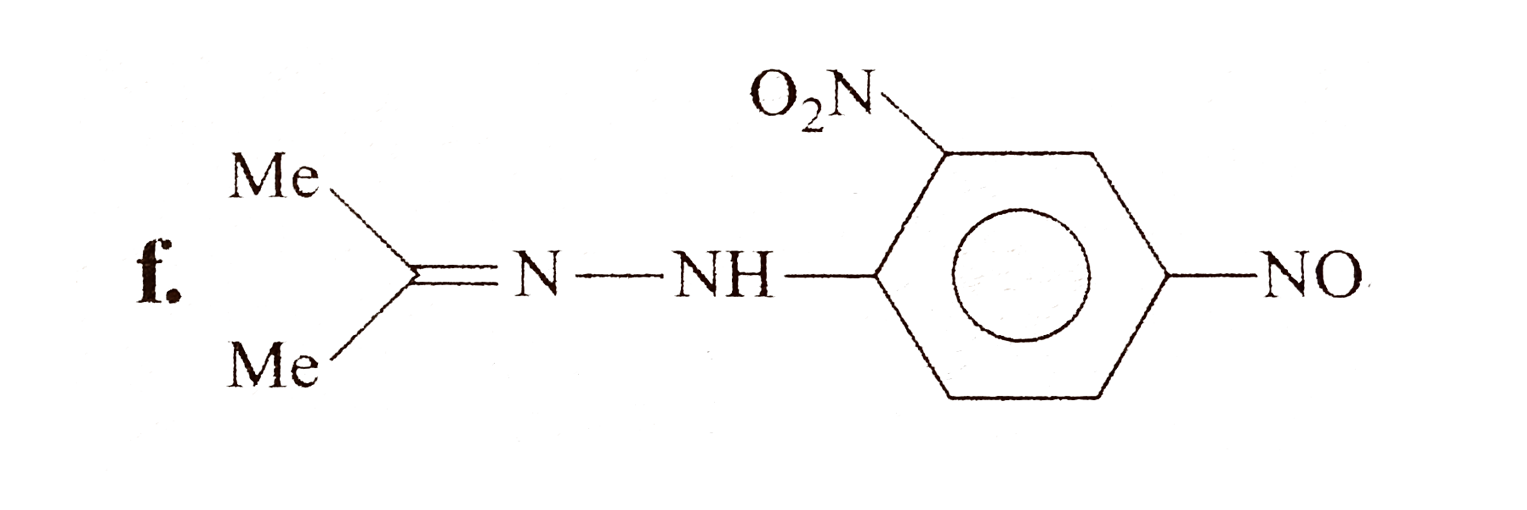
g.
h.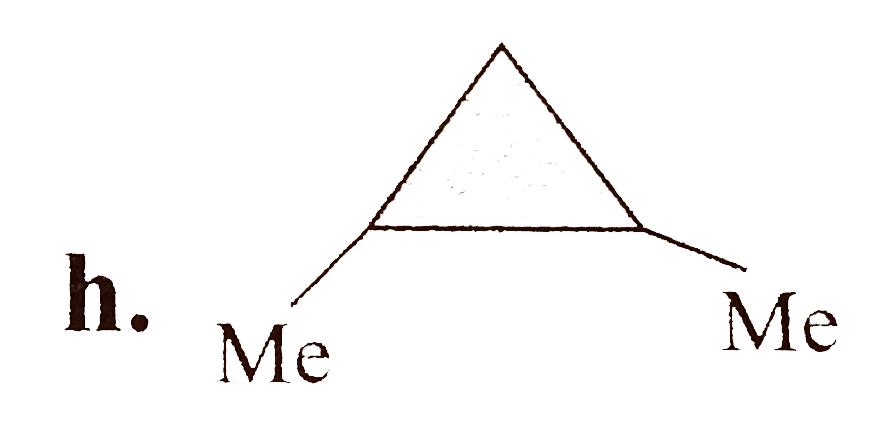
i.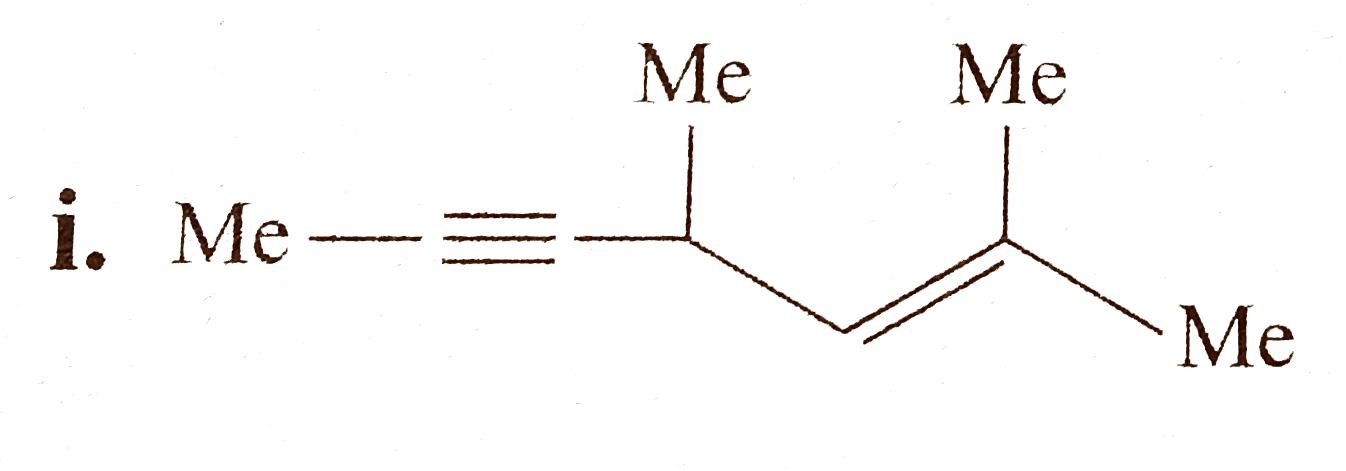
j.
k.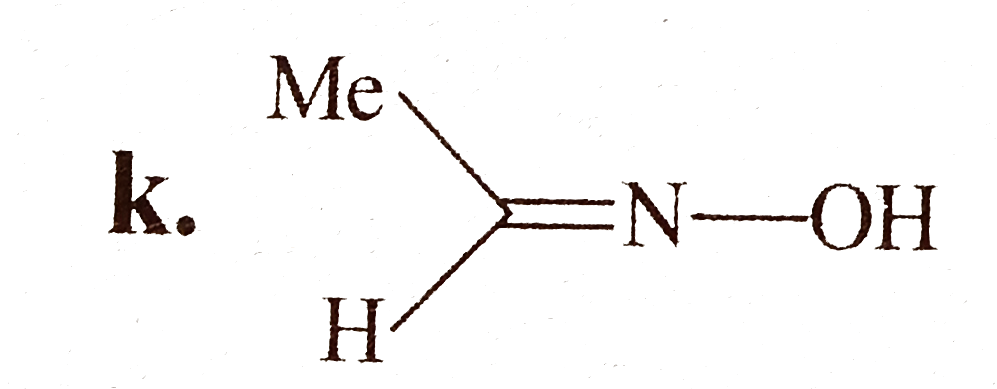
l.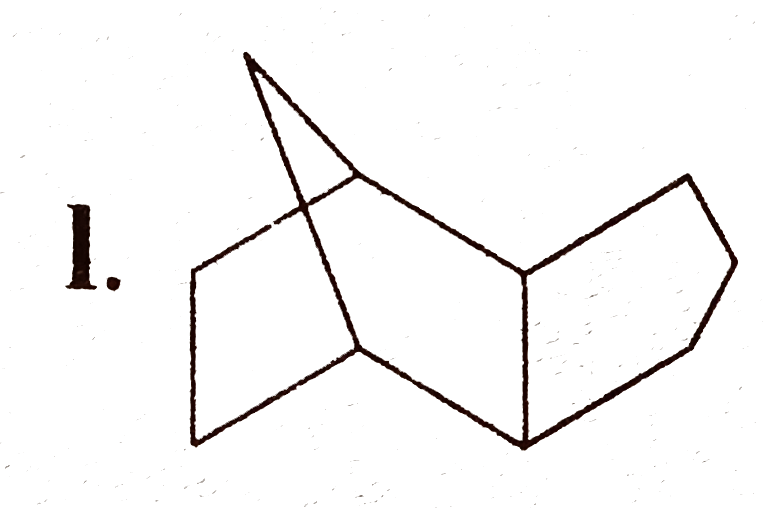
View SolutionWrite short notes on the following :
(a) hydrophily (b) entomophily (c ) anemophily (d) cross-pollination .
View SolutionComplete the following reactions:
a.
b.
c.
d.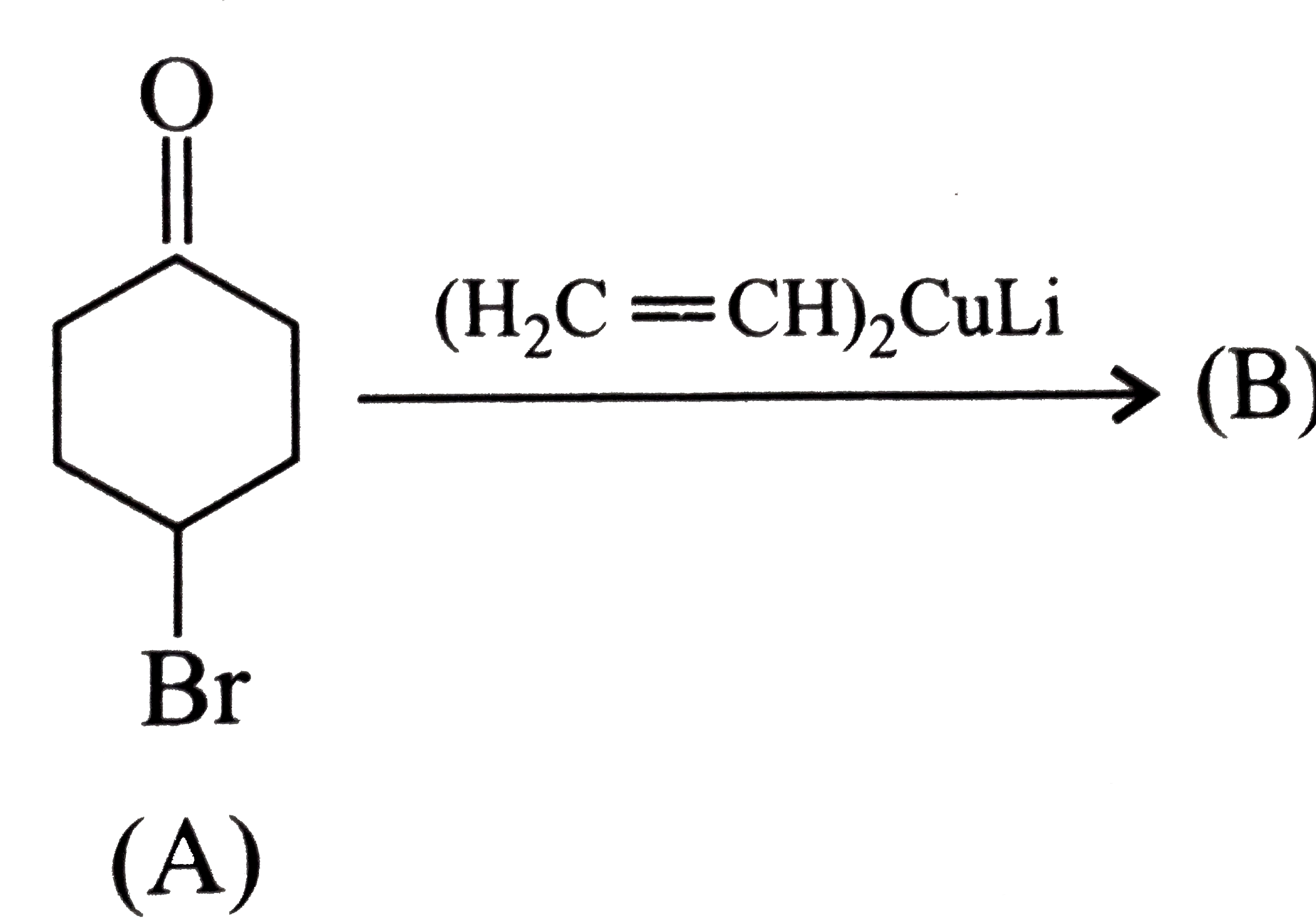
e.
f.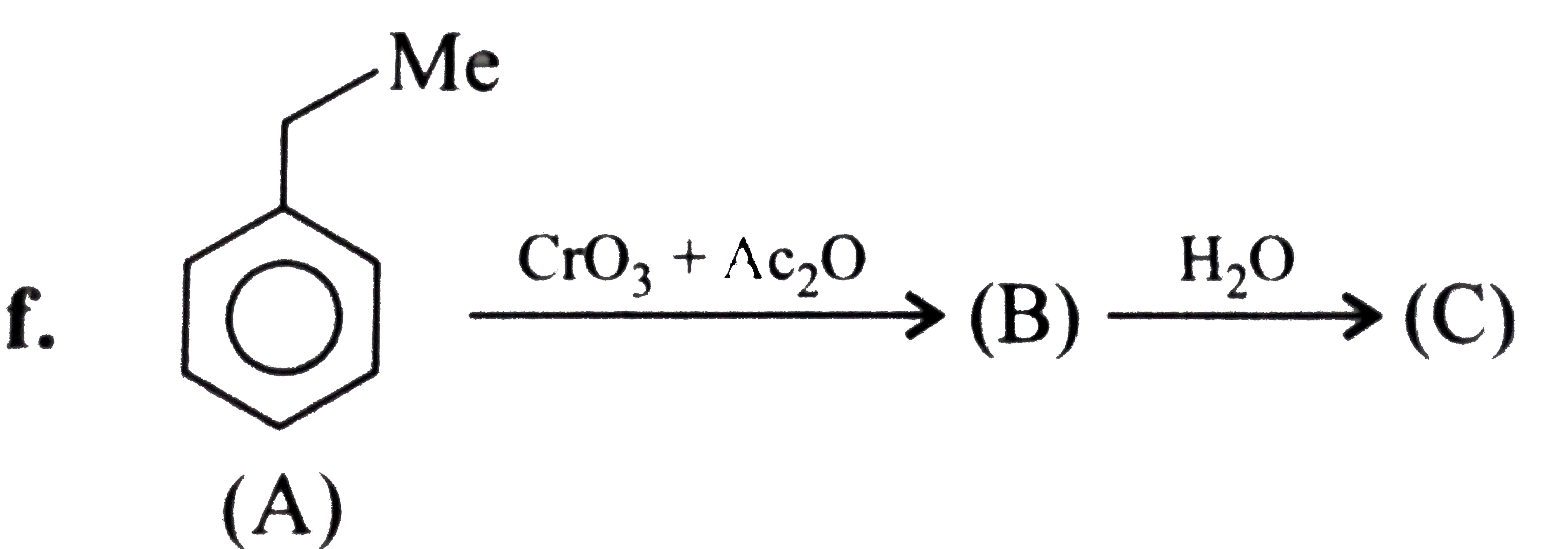
g.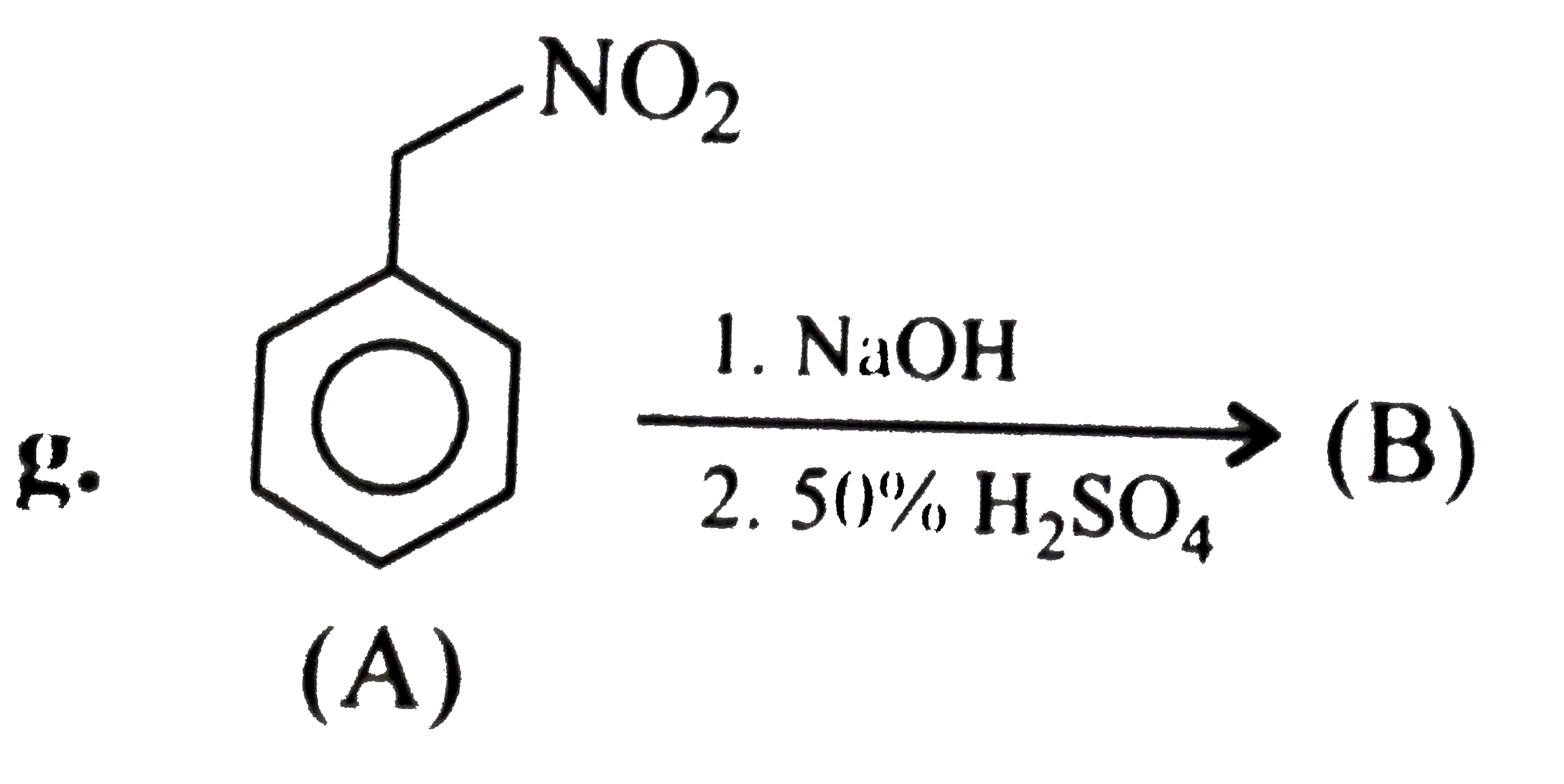
h.
i.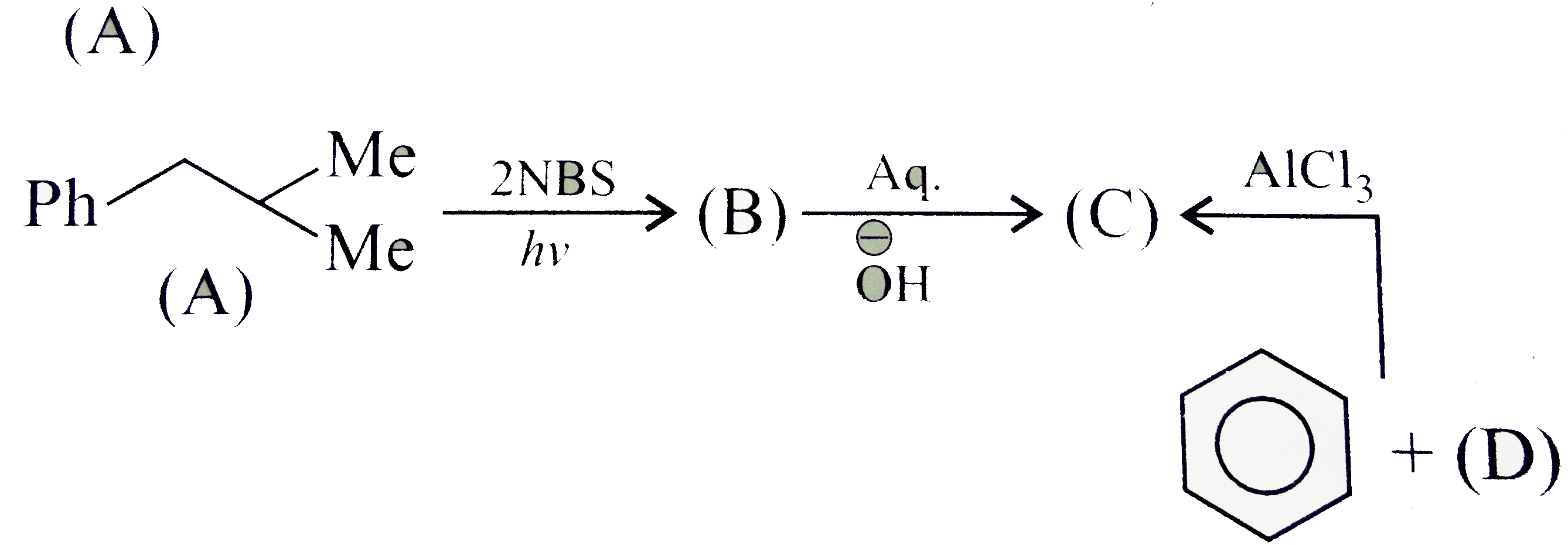
View SolutionHow many of the following feature(s) is/are commonly concerned with Pinus as well as Cycas? (a) Pinnate leaves (b) Mycorrhiza (c) Branched stem (d) Direct pollination (e) Female strobili (0) Non-motile sperms (9) Simple leaves (h) Exposed ovule. Mark the correct option.
View Solution


